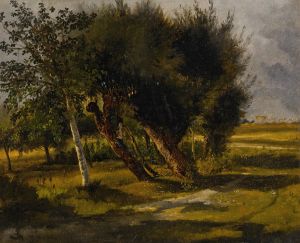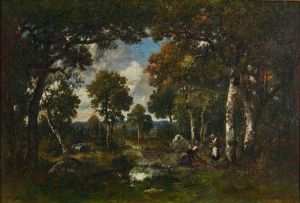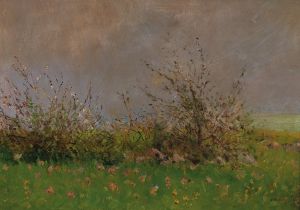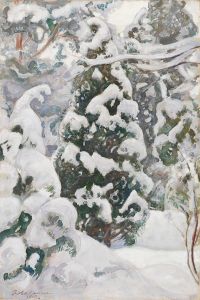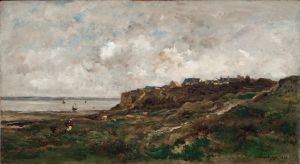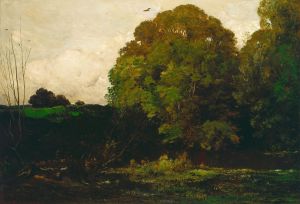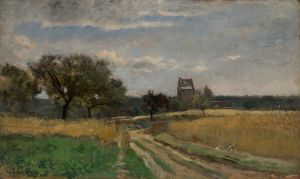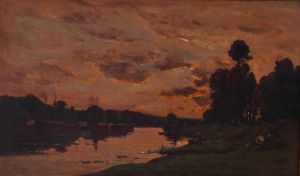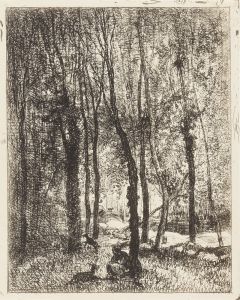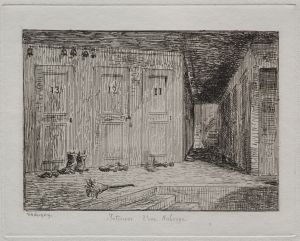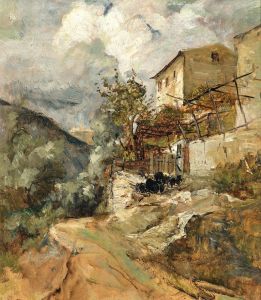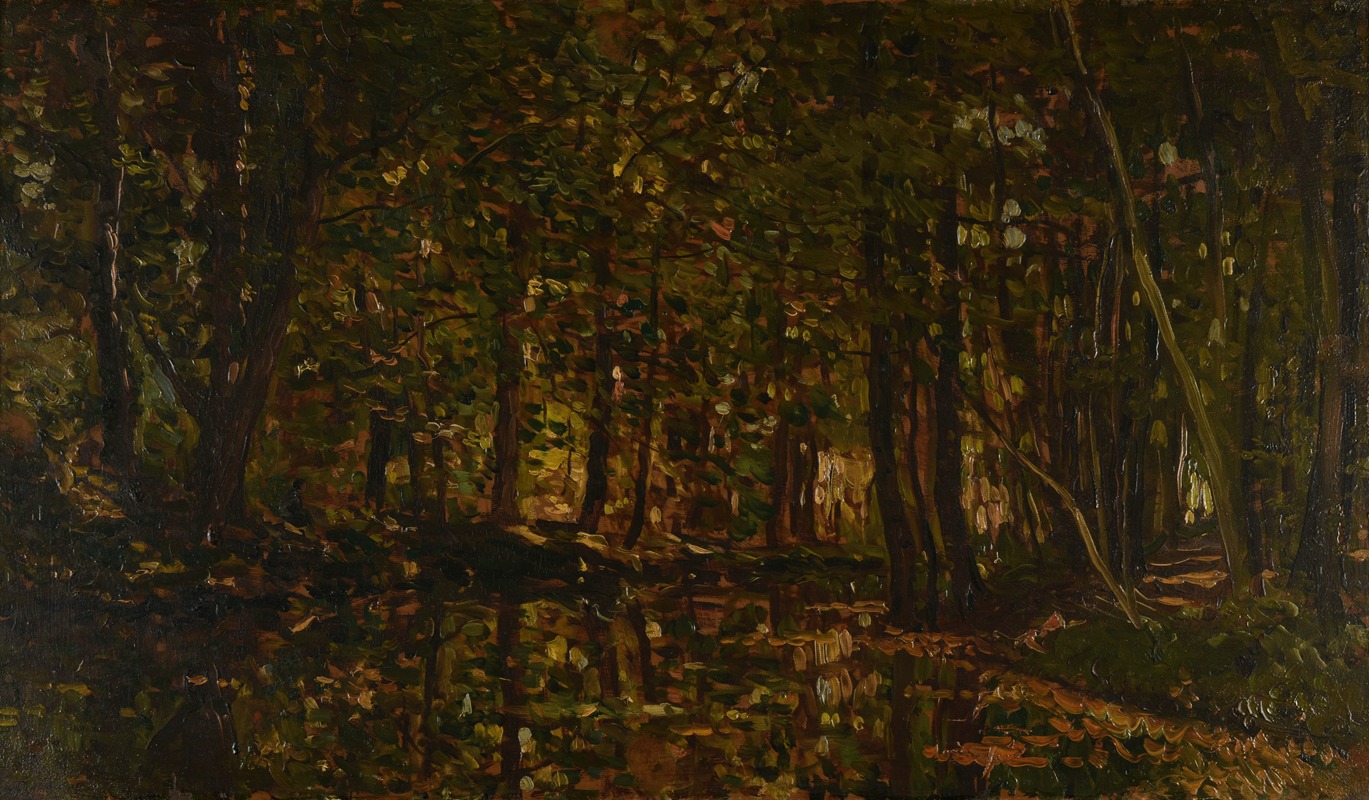
Ruisseau sous bois
A hand-painted replica of Charles François Daubigny’s masterpiece Ruisseau sous bois, meticulously crafted by professional artists to capture the true essence of the original. Each piece is created with museum-quality canvas and rare mineral pigments, carefully painted by experienced artists with delicate brushstrokes and rich, layered colors to perfectly recreate the texture of the original artwork. Unlike machine-printed reproductions, this hand-painted version brings the painting to life, infused with the artist’s emotions and skill in every stroke. Whether for personal collection or home decoration, it instantly elevates the artistic atmosphere of any space.
Charles François Daubigny was a prominent French landscape painter associated with the Barbizon School, a group of artists in the mid-19th century who sought to depict nature realistically and often worked en plein air (outdoors). One of his notable works, Ruisseau sous bois (translated as "Stream Under the Woods"), exemplifies his dedication to capturing the serene and unembellished beauty of the natural world.
Ruisseau sous bois is a landscape painting that features a tranquil woodland scene with a stream running through it. The composition reflects Daubigny’s characteristic style, which often emphasized the interplay of light and shadow, as well as the subtle textures of foliage and water. The painting demonstrates his skill in creating atmospheric effects, with a focus on the natural harmony of the environment. Daubigny’s use of a muted color palette, dominated by greens, browns, and soft blues, enhances the sense of calm and intimacy in the scene.
Daubigny was known for his innovative approach to landscape painting, which influenced later Impressionist artists such as Claude Monet and Camille Pissarro. He often painted directly from nature, using a specially outfitted boat called "Le Botin" as a floating studio to explore rivers and waterways. This practice allowed him to observe and depict the changing effects of light and weather with immediacy and authenticity. While it is not confirmed whether Ruisseau sous bois was created using this method, the painting reflects his deep connection to the natural world and his ability to convey its quiet beauty.
The exact date of creation for Ruisseau sous bois is not definitively documented, but it is consistent with Daubigny’s mature period, during which he produced many of his most celebrated works. This period, roughly spanning the 1850s to the 1870s, saw Daubigny gaining recognition for his contributions to the development of modern landscape painting. His works were exhibited at the Paris Salon, where they were well-received by critics and collectors alike.
Today, Ruisseau sous bois is appreciated as an example of Daubigny’s mastery in capturing the essence of rural France. The painting is housed in a public or private collection, though specific details about its current location are not readily available. It continues to be studied and admired for its role in the evolution of landscape art and its influence on subsequent generations of artists.
This work, like much of Daubigny’s oeuvre, underscores the importance of observing and preserving the natural world, a theme that resonates with audiences even in contemporary times.






